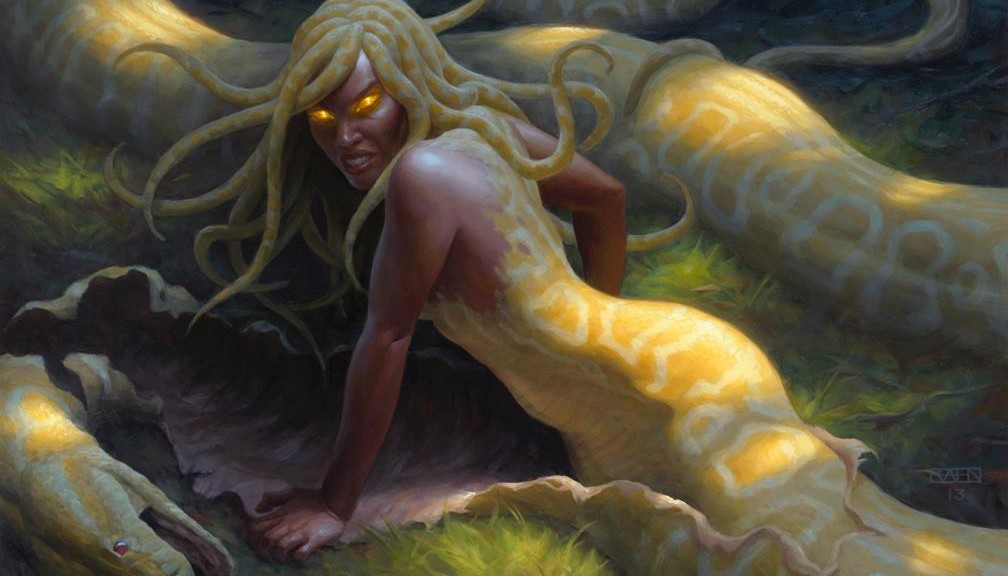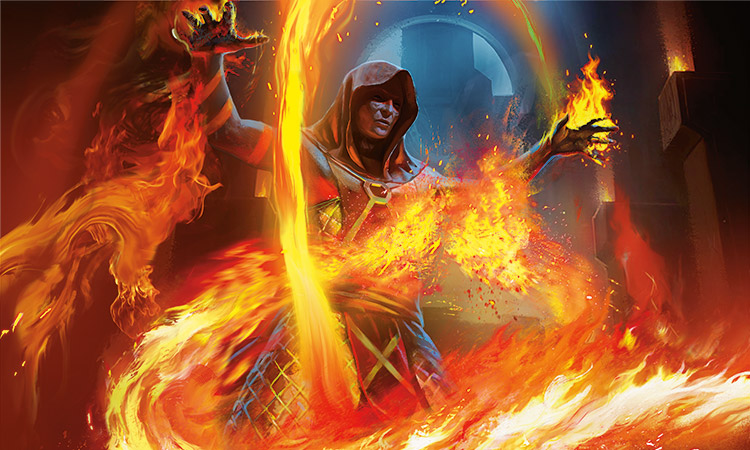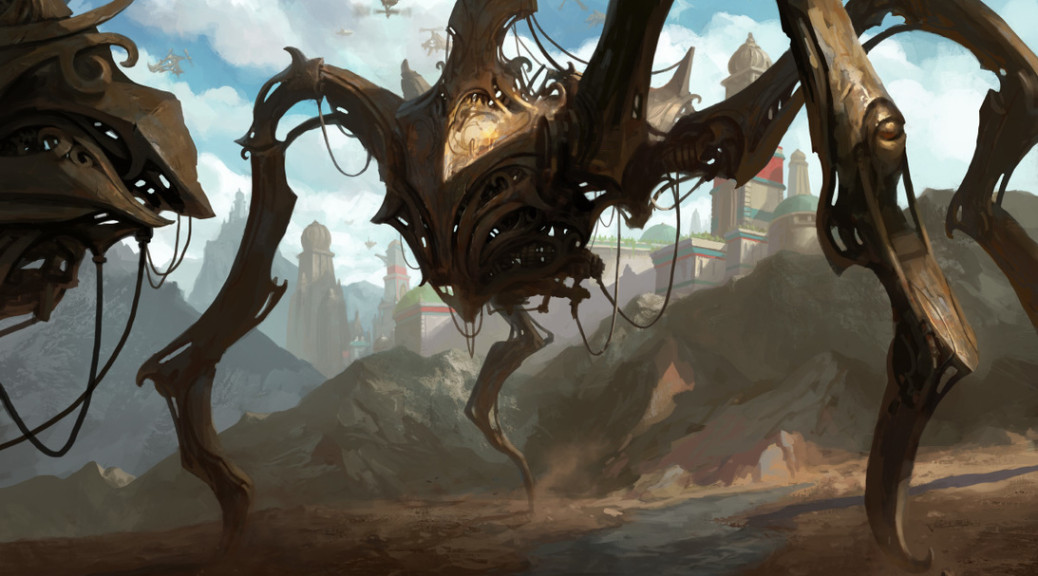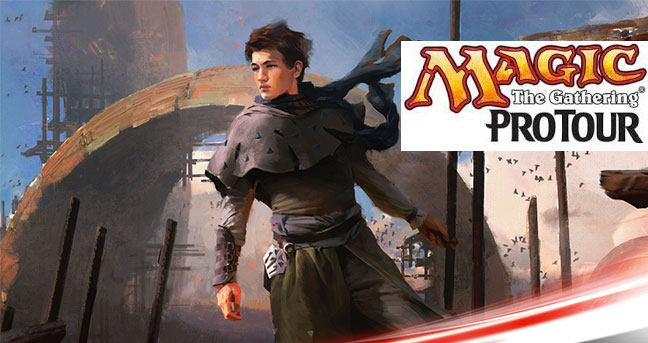By James Chillcott (@MTGCritic)
One of the most common misconceptions about folks involved in MTGFinance is that we are constantly manipulating the market and feeding players misinformation to help fuel achievement of our personal goals.
It has occurred to us at MTGPrice that though we dole out a good deal of advice, most of you ultimately have very little insight into when and why our writing team actually puts our money where our collective mouths are pointing. As such running this weekly series breaking down what we’ve been buying and selling each week and why. These lists are meant to be both complete and transparent, leaving off only cards we bought for personal use without hope of profit. We’ll also try to provide some insight into our thinking behind the specs, and whether we are aiming for a short (<1 month), mid (1-12 month), or long (1 year+) term flip. Here’s what we we’ve been up to this week:
Buying Period: July 24th – Aug 1st, 2015
Note: All cards NM unless otherwise noted. All sell prices are net of fees unless noted.
James Chillcott (@MTGCritic)
This week I’m mostly working on my deal to sell the Super Collection, but I’ve also started in on some select singles that I see as good opportunities.
BOUGHT
- 10x Evolutionary Leap (Foil) @ $10.25/per
- 10x Return to the Ranks (Foil) @ $2/per
- 13x Return to the Ranks (Jap Foil) @ $1.50/per
- 16x Rally the Ancestors @ $2/per
- 4x Demonic Pact @ $5.45
This set of buys is mostly about cards I think have a future in Modern with a dash of hot Standard action. I’m convinced that both Leap and Return to the Ranks have what it takes to assemble compelling combo scenarios in Modern. Not only are decks already floating to the surface of the metagame, but these are precisely the kinds of cards that get better as more combo pieces get printed to align with their build around benefits. Frank Karsten posted a fairly compelling set of videos with a Ranks deck last week but I think this is just the tip of the iceberg vs. what’s possible down the road. Likewise, Evolutionary Leap is being underestimated in a world where you can set up shop with Bitterblossom or Lingering Souls and then dig for whatever limited set of value creatures you need to run your game. Siege Rhino? A 187 creature? Somebody will figure it out and it will be beautiful.
Rally the Ancestors didn’t make the Top 8 in Standard at Pro Tour Origins this weekend, but the deck may still find itself in a good position later this season, so I was willing to snap up a few sets at the low end of the spectrum, aiming to unload them around $4-5 in trade at a future peak. If it doesn’t get anywhere in Standard it’s just as likely to cause trouble in Modern as Return to the Ranks. See the Sam Black Rally in Modern video if you don’t believe me. Demonic Pact was on my Digging For Dollars: MTG Origins list and as predicted, it showed up in a few different builds that ran deep into Day 2 at the Pro Tour. The deck may need some work to stay in the metagame, but the Sultai version that Toronto local Daniel Fournier was running looked fun as hell so I picked up a set to fool around with.
SOLD (PucaTrade)
- 2x Chord of Calling @ $8.02 ($3.50 cost)
- 1x Academy Ruins @ $12.39 (pack opened)
- 1x Mikokoro, Center of the Sea @ $10.44 (pack opened)
- 1x Minamo, School at Water’s Edge @ $19.80 ($8 cost)
- 1x Horizon Canopy @ $57.32 ($22 cost)
- 3x Flooded Grove @ $23.56 ($10 cost/per)
- 1x Grove of the Burnwillows @ $57.12 (pack opened)
- 1x Chalice of the Void @ $16.42 (pack opened)
- 1x Ghostly Prison @ $6.97 ($2 cost)
- 1x Sword of Feast and Famine @ $17.44 ($6 cost)
- 1x Liliana of the Veil @ $101.75 ($55 cost)
Having recently acquired a Mishra’s Workshop through Pucatrade, I am now emboldened to seek out additional opportunities to trade up into big ticket cards. As such I’m rebuilding the account quickly to about $1400 worth of Pucapoints, with a focus on unloading specs that are peaking or pack opened cards that I had laying around in my collection without purpose in my decks. If you’ve got something special worth more than $500 that you’d like to turn into Pucapoints, look me up ’cause I’m on the hunt.
Houston Whitehead (@TNSGingerAle)
BOUGHT
- 12x Surrak, the Hunter @$1 per,
- 12x Eidolon of Blossoms @ .50 per
- 12x Stratus Dancers @.50 per
Jim Casale (@Phrost_)
BOUGHT (PucaTrade_
- 5x Abbot of Keral Keep
- 4x Demonic Pact
- 3x Ugin, the Spirit Dragon
- 1x Flooded Strand (foil)
- 2x Pyromancer’s Goggles
Jim says:
“I feel like any mythic rare under $5 in MTG Origins could possibly spike and I wanted to insulate myself if I needed to play the cards next weekend.”
Jason Alt (@jasonealt)
BOUGHT
- 7x Night of Souls’ Betrayal @ 4.85
- 3x Night of Soul’s Betrayal (SP) @ 4.05
Guo Heng Chin (@theguoheng)
BOUGHT
- 4x Starfield of Nyx @ $5.75/per (from LGS)
- 4x Herald of the Pantheon @ $1.67/per (from LGS)
- 4x Sigil of the Empty Throne @ $1/per (from LGS)
- 3x Disciple of the Ring @ $1.83/per (from LGS)
- 2x Foil Starfield of Nyx @ $15.70/per (from LGS)
Guo says:
“I tested John Taylor’s Abzan Constellation list which top 8ed SCG Richmond last weekend and I was super impressed with it. Starfield of Nyx was a lot better than I expected. I grabbed a playset of the key components from Magic Origins the next day to make sure I can play the deck if it breaks out at the Pro Tour. And with the WMCQ season coming (and Game Day next weekend. Foil full art Languish!), I thought it prudent to have access to at least a few archetypes.
Right after making the purchase, I received a text from the other LGS I frequent that they’ve now got Starfield and Demonic Pact (yay!) in stock after new stock of Magic Origins arrived in the middle of the week. Oh wait, the Starfield is foil. Fine I’ll take it. Tyler Jacobsen’s rendition of Nyx’s starfield looks like one of those art that would look gorgeous in foil. Plus a foil copy would be nice for EDH purposes.
When I arrived at the LGS for FNM yesterday, it turns out that they have not one but two foil Starfields. Fine, I’ll take both. Savings are overrated anyway.
It turned out that the foil isolation on the art wasn’t as good as I expected. Whoever did the foil isolation for Starfield of Nyx should be ashamed of him or herself. It was one of those lazily done foil isolation (let’s foil the whole artwork! Re: Dragonlord Ojutai foil) that ruined an artwork that could otherwise be gorgeously rendered in foil. Oh well, I’m sure financially it wouldn’t matter at all, and they are for personal keeps anyway (I’ll be selling my non-foils now). Now could someone please break Starfield of Nyx in Modern so my shiny Starfields are worth $60? Hint: Omniscience. Hint, hint: Gifts for Starfield, Obzedat’s Aid, Snapcaster, and Omniscience? Regardless, I do think Starfield of Nyx foils have good long-term potential due to its uniqueness. That card is begging to be broken in EDH.”
Note: The rest of the guys were quiet this week.
So there you have it. Now what were you guys buying and selling this week and why?
James Chillcott is the CEO of ShelfLife.net, The Future of Collecting, Senior Partner at Advoca, a designer, adventurer, toy fanatic and an avid Magic player and collector since 1994.
ADVERTISEMENT: Get the Cube Starter Bundle with the 3rd Edition Grimoire Deck Box, the brand new Grimoire Deck Box designed specifically for the red mage in you.



